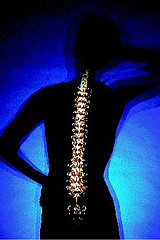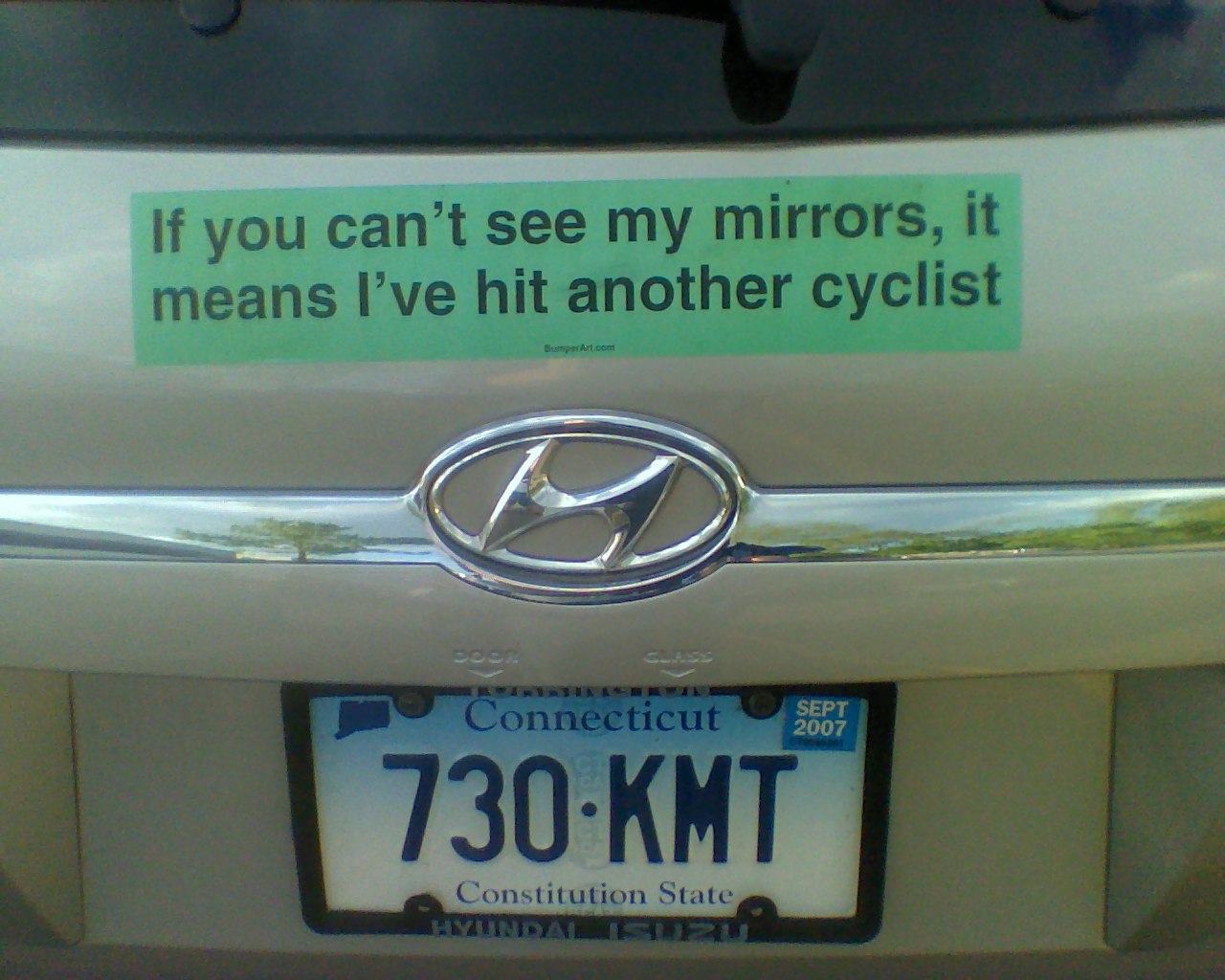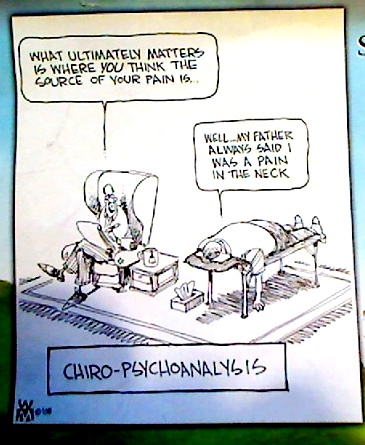 It appears that the medical community is about to foist yet another quack "cure" for osteoporosis on the women of this country. Prolia, the latest alleged treatment for osteoporosis, is an injectible that was approved by the FDA primarily on the basis of a single study paid for and conducted by the company that developed the drug.
Ok, let me repeat that one more time. The FDA has approved a dangerous (we'll get to that in a minute) drug on the basis of research that the developer bought. Not to put too fine a point on it, but government oversight of BP's woebegotten Deepsea Horizon was more stringent than this.
It appears that the medical community is about to foist yet another quack "cure" for osteoporosis on the women of this country. Prolia, the latest alleged treatment for osteoporosis, is an injectible that was approved by the FDA primarily on the basis of a single study paid for and conducted by the company that developed the drug.
Ok, let me repeat that one more time. The FDA has approved a dangerous (we'll get to that in a minute) drug on the basis of research that the developer bought. Not to put too fine a point on it, but government oversight of BP's woebegotten Deepsea Horizon was more stringent than this.
And I haven't even gotten to the good parts yet. Prolia, it turns out, suffers from the same problem as all of the other osteoporosis drugs -- it actually kills bone, rather than create healthy bone. This rather unfortunate tendency is already the subject of multiple lawsuits from women who have been permanently disfigured and disabled by the drugs that were supposed to cure them. Despite the fact that Prolia destroys bone, the FDA has allowed it's release as a treatment for osteoporosis.
Lest I forget, some of the other effects of Prolia include back pain (!), severe calcium deficiency, increased urinary tract infections, increased respiratory infections, increased risk of cancer, eczema, cataracts and joint pain.
I respectfully suggest that if your medical doctor recommends that you receive Prolia injections for your osteoporosis, you should run, not walk, to your nearest chiropractic doctor for osteoporosis treatment that is safe, effective, and inexpensive.
Which brings me to the point of this column. Yes, Virginia, chiropractic doctors do treat osteoporosis, and quite successfully.
Osteoporosis is yet another one of those lifestyle diseases that is most appropriately treated at the source, with changes to habits and diet, using both supplementation and in some cases acupuncture to correct the initial imbalance.
Using these tools, I have been able to reverse bone loss, a reversal which was significant and measurable by laboratory testing.
And it's with the laboratory tests that I begin. Because the cancer-causing radiation tests that medical doctors like to use (they *did* tell you that the bone scan increased your risk of cancer, didn't they?) provide only a snapshot of limited value. They tell you nothing about the health of the bone nor of the rate of calcium loss from the bone, both of which I would consider absolutely fundamental data to have before beginning any treatment.
With labs and physical examination results in hand, I can then put together a treatment plan goes a bit further than "take 1,500 mg of calcium daily" that the medical community substitutes for informed nutritional advice.
With my patient we work on diet, we work on exercise, we work on all of the factors that have led to the bone loss from which they suffer -- and which can lead them out of it.
Drugs? -- Who needs 'em? When it comes to osteoporosis, chiropractic physicians have a far better answer than any other health care provider.


 Those of you who have followed this blog for some time, or who receive my
Those of you who have followed this blog for some time, or who receive my 

 As many of my readers and patients know, I am trying to qualify for
As many of my readers and patients know, I am trying to qualify for 


 30% of morning traffic consists of people taking their children to school.
30% of morning traffic consists of people taking their children to school. The March edition of the Alternative Healthpod is now available. If you are not a subscriber, you can listen to it
The March edition of the Alternative Healthpod is now available. If you are not a subscriber, you can listen to it